Nier: Automata’s most inventive boss fight leads readers’ favorite levels of 2017
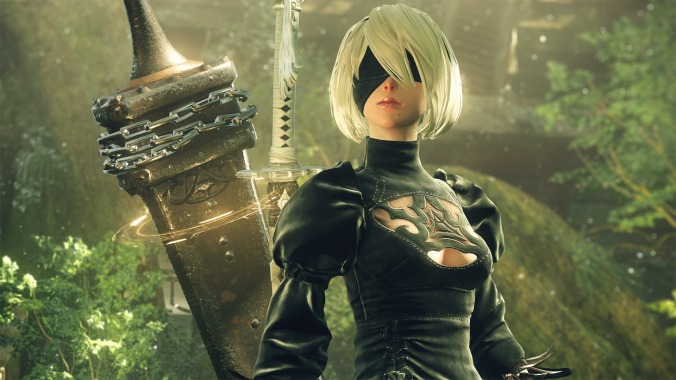

The Best Bits
Supplementing our traditional Games We Liked list of favorite releases was a roundup of 2017’s best levels/missions/maps/quests/you get the idea. Readers dropped a few suggestions of their own down in the comments, including Jakeoti, who went to bat for, among other things, their favorite Splatoon 2 arena:
It’s hard to come up with just one of its maps for this. To make it easier on myself, I decided to settle on one based on all the modes, Inkblot Art Academy. The base layout is just so good; the spawn points funnel you downward toward the low middle area, with a giant display in the dead center that is the highest elevation, or at least close to it. Controlling that tower is key for Splat Zones and Turf War. The tower in Tower Control moves along paths with tons of good vantage points to push your offense or defend your side. And Rainmaker is a mad push where one good leap can rocket your score up. Some maps do specific modes better, but Inkblot is an all-around good stage.
The most frequently cited omission from our roundup was Nier: Automata, a game we considered at length and ultimately left off because, well, it’s so packed with poignant, strange, and otherwise amazing moments that it was damn near impossible to pick just one. Wolfman Jew laid out a fantastic choice (vague spoilers do follow, so beware):
I think it’s gotta be the Ko-shi/Ro-shi dual boss fight from the end of NieR: Automata. For those who haven’t played it, it’s the climax to a massive replay and second story of the game that constantly switches perspective between two characters who hate each other and don’t realize they’re working toward the same goal. It’s a thrilling design in an action game, but the ending is the best. They’re chasing each other without realizing it, when suddenly both are set upon by two massive, interconnected bosses. You start fighting one boss as one character, then the other as the next, then the first, and so on. The constant perspectives and gameplay switches—each character fights in a drastically different way—means that you’re always on edge, with the two characters starting to blend together in a way that they can’t even recognize and would probably despise if they did. The entirety of Route C is one of the most intense sequences of the year, and this fight was a tremendous climax to it.
As mentioned, we tried to really dig in and choose smaller, discrete sequences of games (named levels or challenges with a set beginning and end, for example), which is a tough task when it comes to something like The Legend Of Zelda: Breath Of The Wild. Ultimately, we went with the microcosmic challenge on Eventide Island, but several commenters argued for a better pick would be The Great Plateau, the starting area where players learn to navigate the game’s radically different world. Sandler’s List discussed why it’s such a brilliant take on the concept of tutorials:
I don’t think it would be much of a stretch to call The Great Plateau the best tutorial area ever designed, which fits right in with BOTW’s general ethos of fixing things that nobody realized were broken. Tutorials have come to be seen as kind of a necessary evil in the post-instruction manual era; there’s a reasonable expectation that a game teach you the basics of how to play it, but it’s also understood that a lot of players will intuit a lot of the mechanics for themselves and would like to get into the game as soon as possible. Over the years, games have tried a lot of different tricks (like incorporating the tutorial segments into a narrative prologue) to circumvent the perfunctory nature of the tutorial.
BOTW’s great innovation in this area was to ask “Why does the tutorial have to be a perfunctory exercise before the real game kicks off? Why not just let the player start playing?” Rather than try and funnel you through a quick series of checks to make sure you understand the controls, BOTW drops you off in a massive playpen, gives you a few objectives to work toward, and lets you go. You can get out into the wider world once you’ve completed the necessary tasks, but there isn’t much hurry to do so because the Plateau is as fun to explore as anything else in the game. Ultimately, that’s what the tutorial really wants to teach you: That you can and should play this game by letting your own curiosity drive you forward. I was so engrossed with messing around on the Plateau that it didn’t immediately register with me that it was a tutorial.


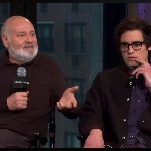

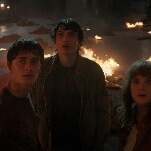

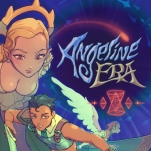
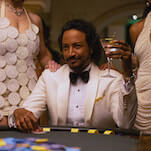

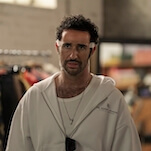
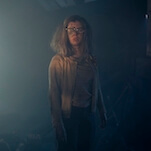

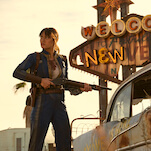
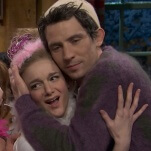









![HBO teases new Euphoria, Larry David, and much more in 2026 sizzle reel [Updated]](https://img.pastemagazine.com/wp-content/avuploads/2025/12/12100344/MixCollage-12-Dec-2025-09-56-AM-9137.jpg)
















